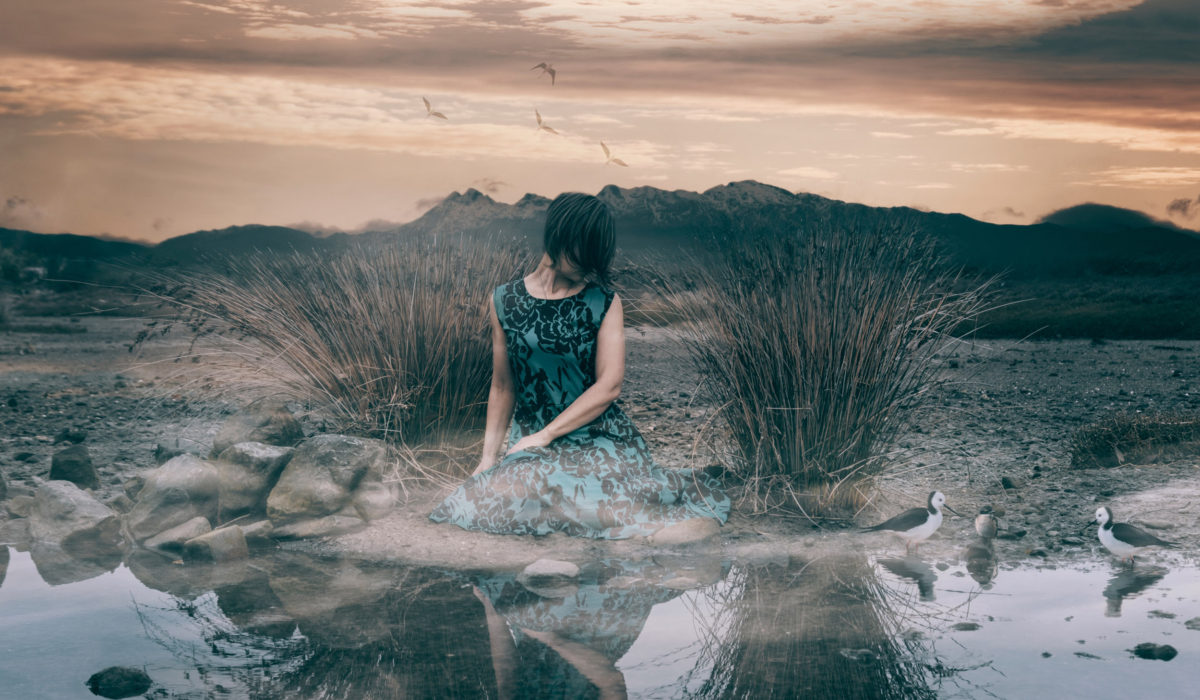— The featured artist of the 54th issue of Living the Photo Artistic Life magazine is AWAKE artist Rochelle Marshall of New Zealand. It’s exciting to be able to share my interview with Rochelle here on Quill and Camera . . .
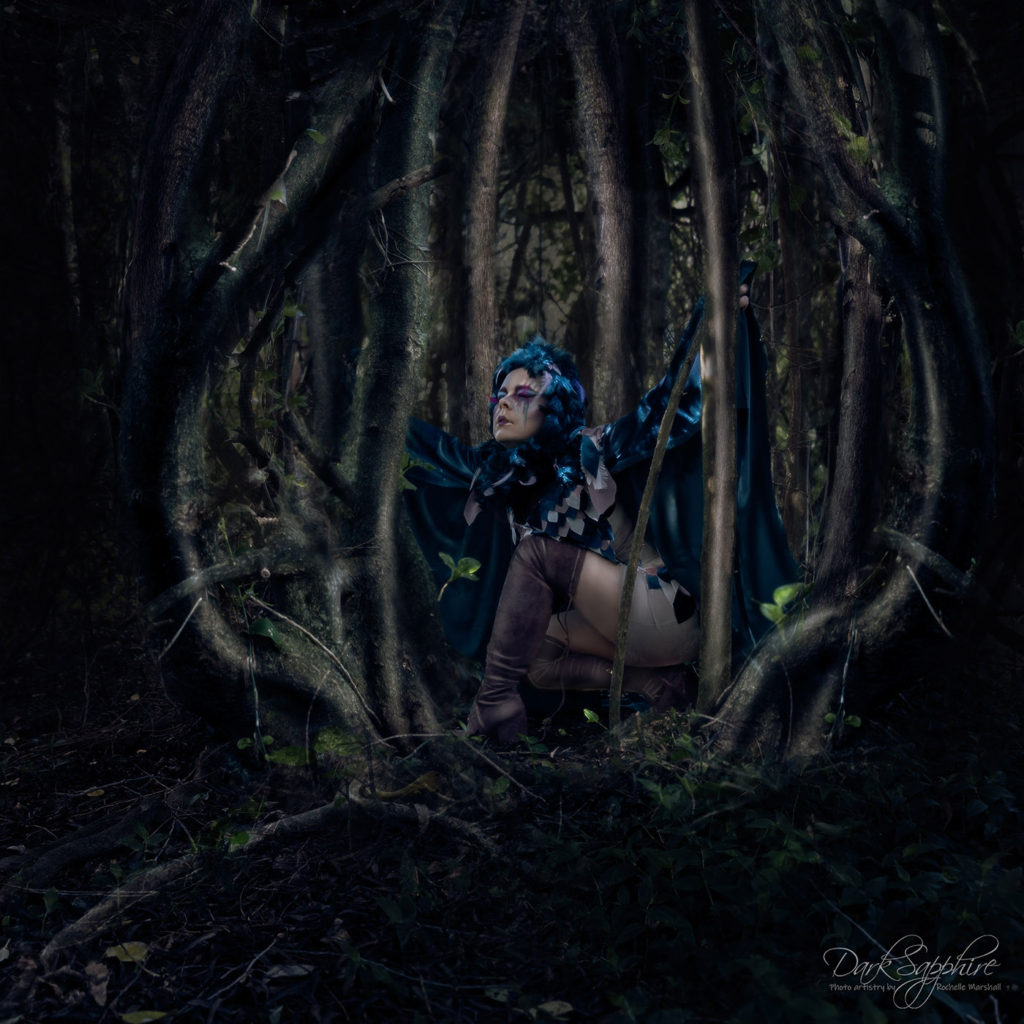
Q: How would you describe your artistic background?
I have always had a keen interest in art, and I studied it all the way through my schooling life. Back then, however, you didn’t have such a thing as Photoshop — or if there was, it was only used by “professionals” and wasn’t taught in school curriculum. (Boy, I wish it had been though!)
My interest in serious photography started in late 2016 / early 2017 when I purchased my first DSLR to take photos of Sapphire — my loyal Dobermann. With the first click of the shutter I was hooked.
I delved into the world of Pet Photography for the next 18 months, but I always felt I could do more with my photographs. There was always this disconnect between my artistic vision and what I could produce in camera. (At this stage, Sapphire was nearing 13 years old. Time had begun to take its toll.) Photoshop seemed the answer. So to keep my mind busy, I enrolled in Photoshop Artistry, and soon after joined the AWAKE group.
Joining AWAKE opened many new doors and changed the way I view the world. Learning from the many artists in this community has helped me to find my own path. And a completely unexpected one at that.
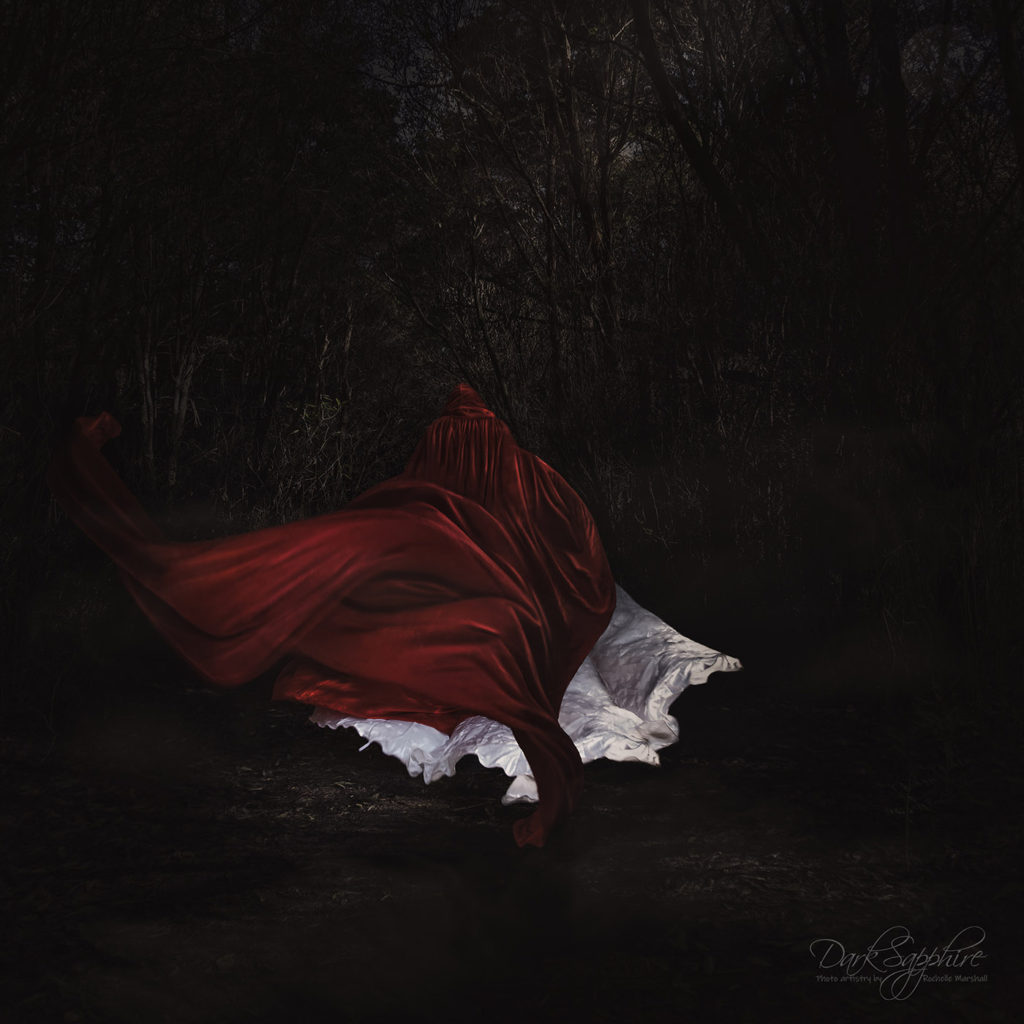
Q: How do you approach your compositions?
I’d say 90% of the groundwork is in place before I even pick up my camera. I think through my ideas at length and I do a lot of location scouting, taking photographs of areas that interest me or look “different” in some way. I often visit that same place at several different times of day, although most of my best work seems to be created in the “blue hour.”
For me personally, when it comes to capturing the actual images I’ll use, I find I prefer to under-expose my images slightly to get a flatter look. This gives me far more to work with in terms of adding my own lighting later in Photoshop. I prefer to capture my subject in-camera and stitch the background together around that subject. I already know my composition will be square, and from here, I begin to build the scene I am looking for. Rarely do I venture out and not have some idea of what I am looking to achieve.
Once in Photoshop, my workflow is made up of dodging and burning, adding highlights/lowlights, pulling out detail, and colour grading. I prefer to work with moody colours and tones. Cloudy dramatic skies are something I also gravitate towards.
Q: What do you feel most inspires your art?
Nature. Bodies of water, birds, dramatic skies, and landscapes feature in the majority of my work. I find a lot of my inspiration in books, movies, TV, and comic book heroes (thanks to Marvel and DC, I have a never-ending supply of inspiration there!) Through the use of photography and digital artistry, my fantastical artistic life takes shape. I love that I can take elements of our natural world and craft them into something believable or not, real or fantastical. I am at heart a dreamer.
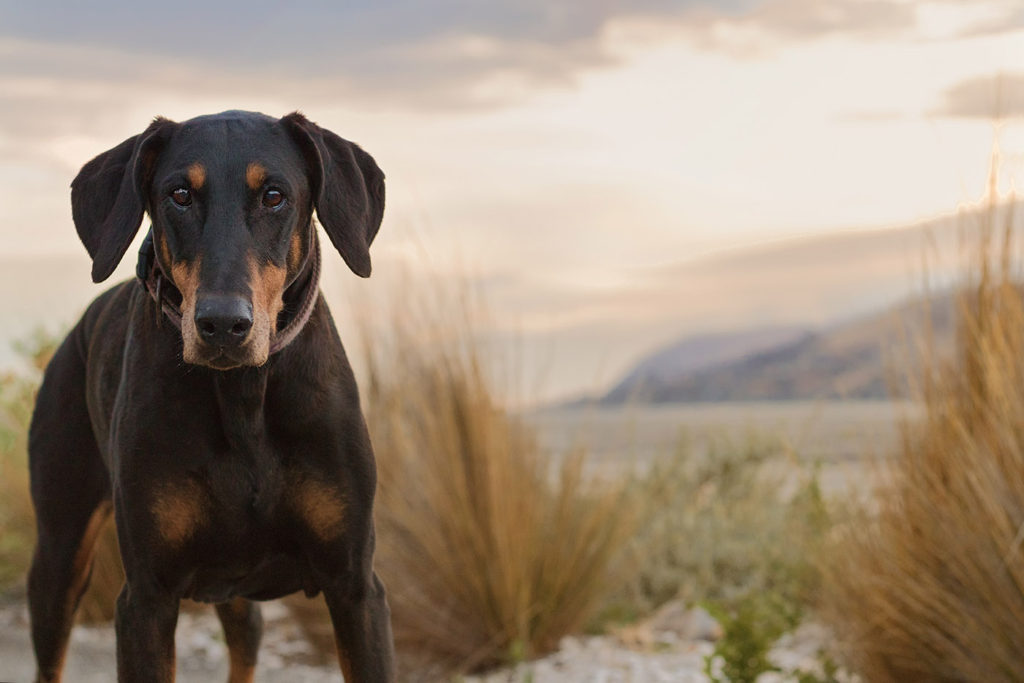
But the most powerful influence on my artistic life to date has been my faithful best friend and muse, Sapphire the Dobermann. Capturing photographs of Sapphire opened my eyes to an entirely new reality. Sadly, she lost her battle with age-related disease almost a year ago now; but I know I’ll feel her influence eternally.
.
Q: How did your work with self-portraiture come about?
To be honest, that’s still a bit of mystery to me! I have never enjoyed being in front of a camera. I had dabbled with self-portraiture on and off in a very limited capacity when I first found photography — but for a variety of reasons I felt it was not a path I wanted to pursue at the time. Confidence (or lack of it) played a part on those decisions: I had none!
Fast forward 2 years and countless hours or workshops, online training, study, and learning from “how NOT to do things,” I found myself at last in Photoshop Artistry and the AWAKE group. And at around the same time I discovered Brooke Shaden’s self-portraiture, which immediately pushed me to step outside of my comfort zone.
Sadly, I am what I would consider a rather awkward human and I struggle to instruct others to bring my visions to life. So the photographer became the photographed, and in doing so I have learned more than I ever thought possible. It’s strange, but I don’t really view that person in my artwork as me. She is a character in a story. This year (2019) has seen my self-portraiture work really come to the forefront. This is in part because I have had two wonderful mentors to guide me. Asking for help was the single best (and yet most daunting) decision I have made to date.
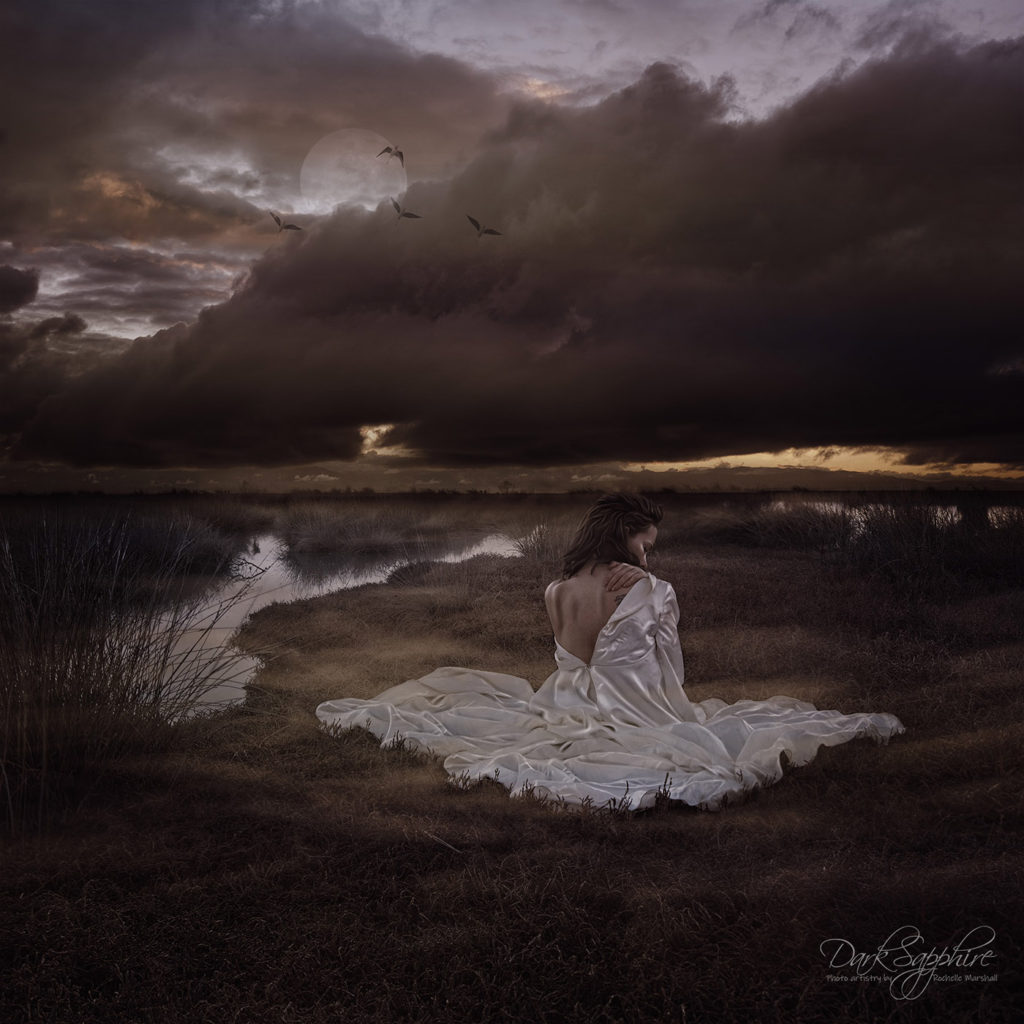
Q: Where do you see your artistic life taking you from here?
One thing I am no longer afraid of doing is stepping outside my comfort zone and trying something new. As we speak, I am working on a costume for a conceptual portrait studio shoot. It has been an all-consuming project, one which has taken up close to three months of my life so far. I have numerous other concepts I have noted along the journey, and as this project comes to an end, I’ll dive into the next.
Studio photography and portrait lighting is next on my list of things to master. The self-portrait work will still continue. New locations will be found and new ideas will hopefully spring forth. Each of these things will continue to solidify into that elusive unique style we all strive for as artists.
Q: Any advice you’d like to share with aspiring photo artists?
The magic happens outside your comfort zone. So don’t be afraid to try something new. You’ll learn valuable lessons even from your “failures.”
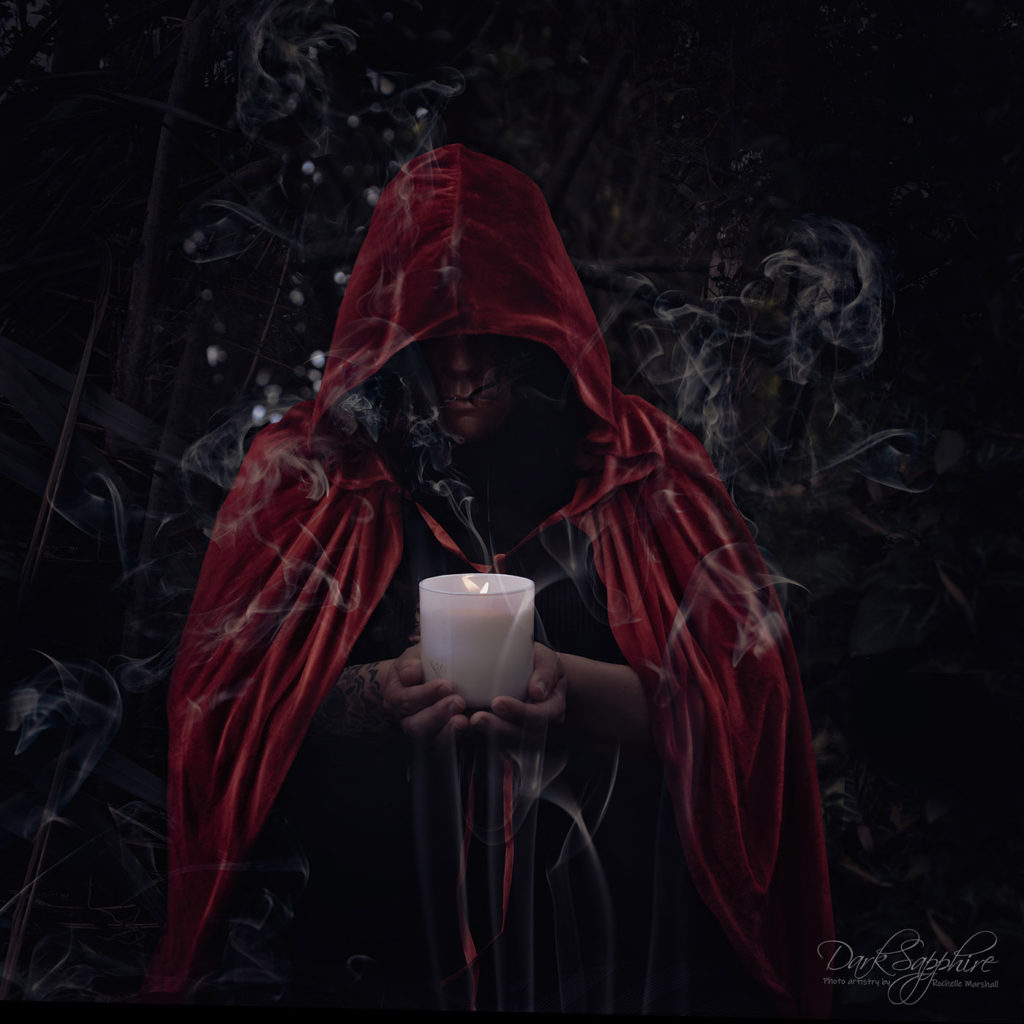
Most of my most recent work is a direct result of a “let’s try it and see” approach. Some of it has worked, and some of it has not. And that is totally OK.
Above all, don’t forget to have fun along the way. This is your journey and it needs to be enjoyable. We put so much pressure on ourselves as artists to find that one thing that might come to define our unique “style,” and too often in the process we forget to enjoy the act of creating the art itself. So get out of your comfort zone more often, and have some fun out there.

